Most Popular
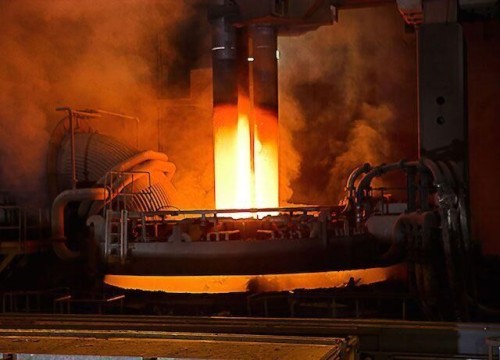 Advantages and Disadvantages of Electric Arc Furnace and Induction Furnace Steelmaking
Advantages and Disadvantages of Electric Arc Furnace and Induction Furnace Steelmaking
Electric Arc Furnace VS Induction Furnace SteelmakingComparison of advantages and ...
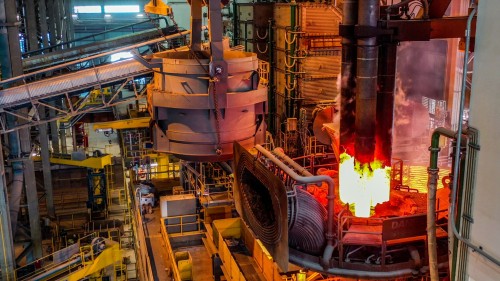 Electric Arc Furnace VS Submerged Arc Furnace
Electric Arc Furnace VS Submerged Arc Furnace
Electric Arc Furnace VS Submerged Arc Furnace Direct current electric arc ...
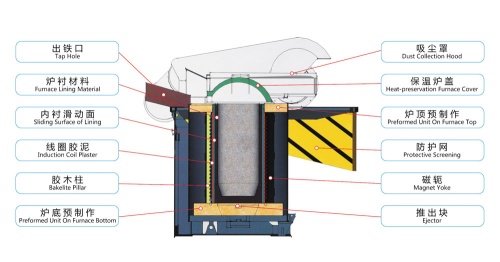 Electric Induction Furnace Diagram
Electric Induction Furnace Diagram
Electric Induction Furnace Diagram Induction furnace steelmaking is a steelmaking method that ...
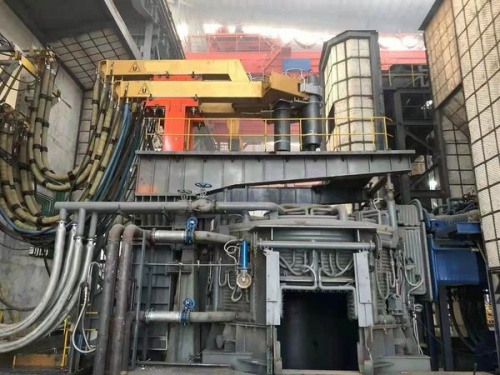
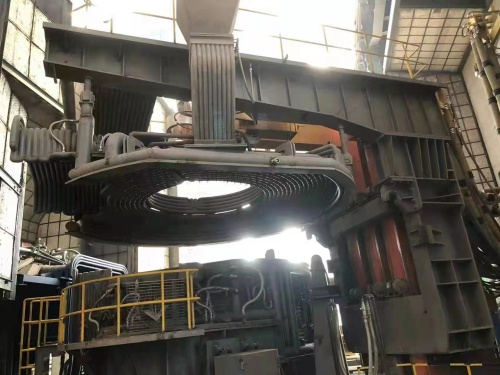
 Electric arc furnace steelmaking uses electric energy as heat energy and uses the high temperature of the arc generated between ...
Electric arc furnace steelmaking uses electric energy as heat energy and uses the high temperature of the arc generated between ...HAN Submerged Arc Furnace (2022-HAN Suberged Arc Furnace.pdf)



What is Wire Drawing Manufacturing?
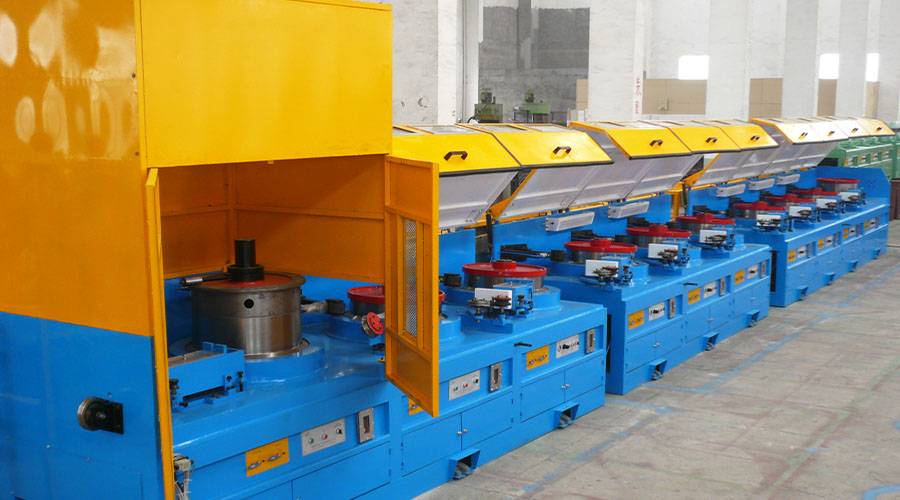
Metal wire drawing manufacturing is a manufacturing process in which the aluminum plate is repeatedly scraped out with sandpaper. The main process of process is divided into three parts: de-esterification, sand mill, and water washing.
In the wire drawing process, the special film technology after anodizing can make the metal surface generate a film layer containing the metal component, clearly showing every tiny silk trace so that fine hair strands appear in the metal matte luster.
In recent years, more and more metal shells of products have used the metal wire drawing manufacturing process to play the role of beauty and corrosion resistance. Make the product have both fashion and technology elements. This is one of the reasons why the craft is so popular.
In metal pressure processing. Under the action of external force, the metal is forced to pass through the mold, the metal cross-sectional area is compressed, and the technical processing method to obtain the required cross-sectional area shape and size is called the metal wire drawing manufacturing process. It changes shape and size. The tool is called drawing die.
Brushed metal is easy to do on a flat panel, but it will be deformed if it is the entire box or has a corner shape.
The drawing methods include straight grain, random grain, swirl grain, etc., which are introduced one by one below:
Straight wire drawing refers to the processing of straight lines on the surface of the aluminum plate by mechanical friction. It has the double function of removing scratches on the surface of the aluminum plate and decorating the surface of the aluminum plate.
There are two types of straight wire drawing: continuous wire drawing and intermittent wire drawing.
The continuous silk pattern can be obtained by continuous horizontal and linear rubbing on the surface of the aluminum plate with a scouring pad or a stainless steel brush (such as manual grinding under the condition of a device or using a planer to clamp a wire brush on the aluminum plate). By changing the wire diameter of the stainless steel brush, textures of different thicknesses can be obtained.
Intermittent silk patterns are generally processed on a brushing machine or a rubbing machine. Production principle: Two sets of differential wheels rotating in the same direction are used. The upper set is a fast-rotating grinding roller, and the lower set is a slow-rotating rubber roller. The aluminum or aluminum alloy plate passes through the two sets of rollers and is brushed out delicate intermittent straight lines.
Random wire drawing is a kind of irregular, non-obvious matte silk pattern obtained by moving and rubbing the aluminum plate back and forth, left and right, under the high-speed running copper wire brush. This kind of processing has higher requirements on the surface of aluminum or aluminum alloy plates.
Corrugation is generally produced on a brushing machine or a rubbing machine. Utilize the axial movement of the upper group of grinding rollers to brush on the surface of aluminum or aluminum alloy plates to obtain wavy lines.
Rotary pattern, also known as optical rotation, is a kind of silk pattern obtained by rotating and polishing the surface of aluminum or aluminum alloy plate by using cylindrical felt or grinding stone nylon wheel on the drilling machine, mixing polishing ointment with kerosene. It is mostly used for the decorative processing of round signs and small decorative dials.
The thread is to use a small motor with a round felt on the shaft, fix it on the table, make an angle of about 60 degrees with the edge of the table, and make a carriage with a fixed aluminum plate to press the tea, on the carriage apply a straight-edge mylar to limit thread race.
Using the rotation of the felt and the linear movement of the carriage, the thread lines with the same width are rubbed on the surface of the aluminum plate. The thread pattern is more common in stainless steel tableware and the like, which is more beautiful.
Article Source: What is Wire Drawing Manufacturing?
More Articles You May Interesting:
Automatic Wire Drawing Machine VS Manual Drawing Machine
Automatic Nail Making Machine Working Principle
Cemented Carbide Wire Drawing Die Manufacturing Process
Precautions for Wire Drawing Machine Operation
Elephant Trunk Type Wire Take-up Machine Features
Wire Drawing Machines: Spray Welding VS Tungsten Carbide Thermal Spraying
What is Elephant Trunk Take-up Machine?
Six Types Wire Drawing Machines
Copper Wire Drawing Machine Production Process
Wire Drawing Machine Structure Device
Advantages of Inverted Wire Drawing Machine
High Speed Wet Wire Drawing Machine Operation Steps
Wire Drawing Products Unqualified Surface Quality Reasons
Wet Wire Drawing Machine Working Principle
Wet Drawing Machine Transformation Process Requirements